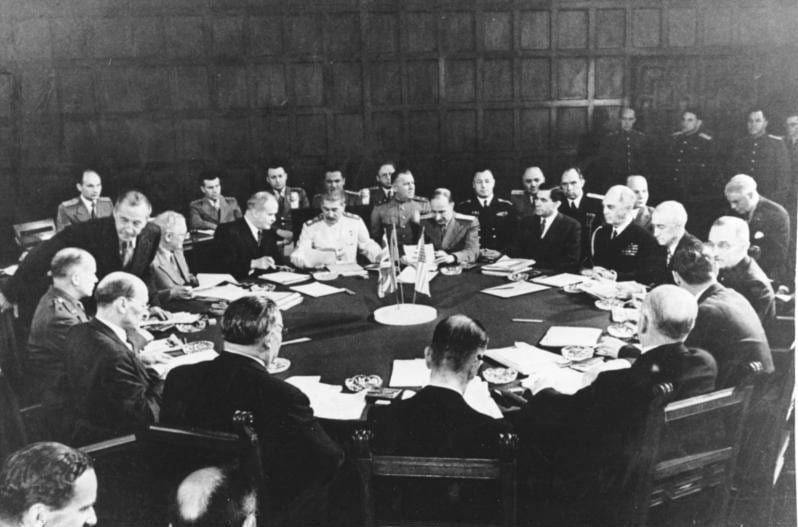Evaluating a Cold War Enemy
Through private meetings with Dr. Eugen Schiffer, head of the Soviet Zone Administration of Justice, Loewenstein gained insight into what was happening in East Berlin. He concluded that the U.S. should seek greater cooperation with the Soviets. Despite the U.S. tendency to create a negative image of the Communists, Loewenstein saw the Soviet Union in a more nuanced light. He believed Germany would benefit from economic and legal unification. However, his meetings with Schiffer convinced him that the Soviets were winning the Cold War. While the U.S. sought to expedite democratization and division of West German Laender (states), the Soviets moved towards permanent centralization and control. In the diary, Loewenstein suggests that the Soviets acted more effectively, albeit more ruthlessly.
OMGUS Mishaps and Failures
As a specialist consultant for the Legal Division, Loewenstein’s responsibilities included drafting laws and attending meetings. However, most of his recommendations went unacknowledged. OMGUS preferred to ignore the advice of experts. Instead, General Lucius Clay tried to install the trappings of democracy as quickly as possible.
The logistics of four occupying powers complicated postwar Germany. The quadripartite structure, comprising the U.S., Great Britain, France and the USSR, presented issues of translation and compromise. Laws requiring the consensus of the Four Powers suffered from prolonged disagreement and bureaucratic inefficiencies. Click on the photo of the Berlin Kammergericht (Allied Control Council Headquarters) to explore the OMGUS hierarchy.
